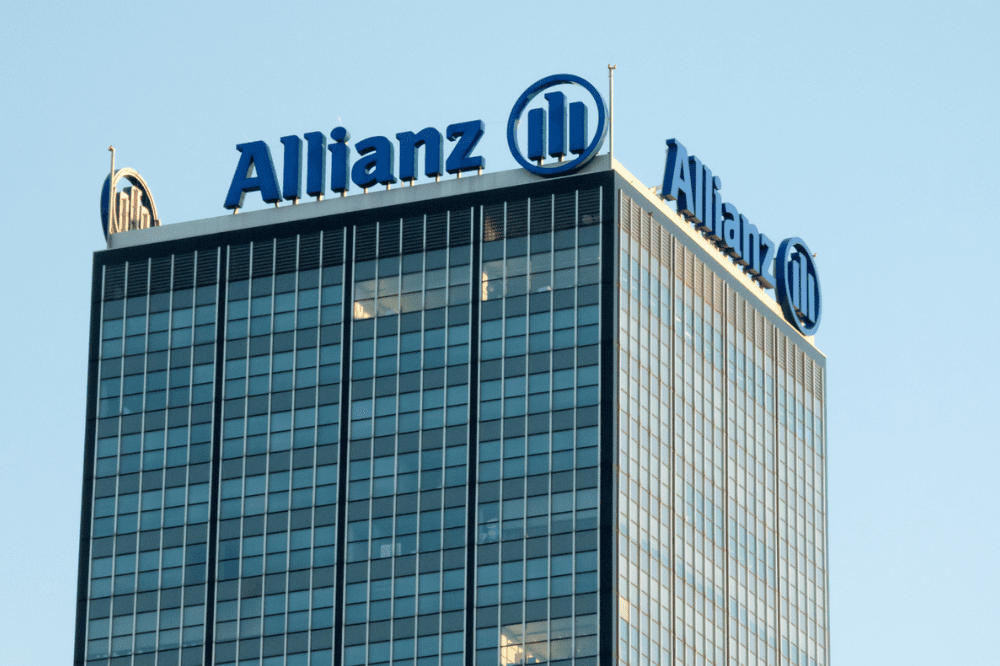Allianz reveals key trends driving marine claims activity

“The number of fires on board large vessels has increased significantly in recent years, with a string of incidents involving cargo, which can easily lead to the total loss of a vessel or environmental damage,” said Régis Broudin, global head of marine claims at AGCS. “At the same time, the shipping sector is also having to deal with many other challenges including a growing number of disruptive scenarios, supply chain issues, inflation, time-pressured crew members and employees, increasing losses and damages from extreme weather events, implementing new low-carbon technology and fuels, as well as Russia’s invasion of Ukraine.”
Fire accounted for 18% of claims value, or around €1.65 billion. This was up from the 13% recorded for a five-year period ended July 2018. According to AGCS, one contributing factor to the increase of fire risk is often misdeclaration or non-declaration of dangerous cargo, while a recent increase in engine room fires may reveal some underlying risk around crew competencies. The insurer also highlighted the increased risk of fire posed by the transportation of lithium-ion batteries on vessels.
Amid growing exposures, inflation is also driving up the values of vessels, cargo and repairs, causing claims costs to go up. With many countries seeing rates inflation of around 10%, this tends to compound existing trends and drive higher claims severity, AGCS said. Rising costs of steel, spare parts and labour are among the factors that make hull repair and machinery breakdown claims more expensive.
The report found that damaged cargo is the top cause of marine insurance claims by frequency, and the third largest by value. The most common claims are for physical damage, usually caused by poor handling, storage and packing. However, AGCS said that it has also seen a number of high-value theft and temperature variation claims in recent years. Criminals often target consumer electronics and high-value commodities such as copper.
“The risk of theft and damage to high-value cargos needs to be addressed with additional risk mitigation measures, such as GPS trackers and sensors that provide real-time monitoring on position, temperature, moisture shock, and light and door openings, for example,” said Rahul Khanna, global head of marine risk consulting at AGCS. “At the same time cargo interests need to keep a close eye on insured values. Clients may need to adjust their insurance and policy limits, or risk being underinsured – we have already seen claims for high value container cargos where the cargo interest was underinsured by as much as US$20 million.”





